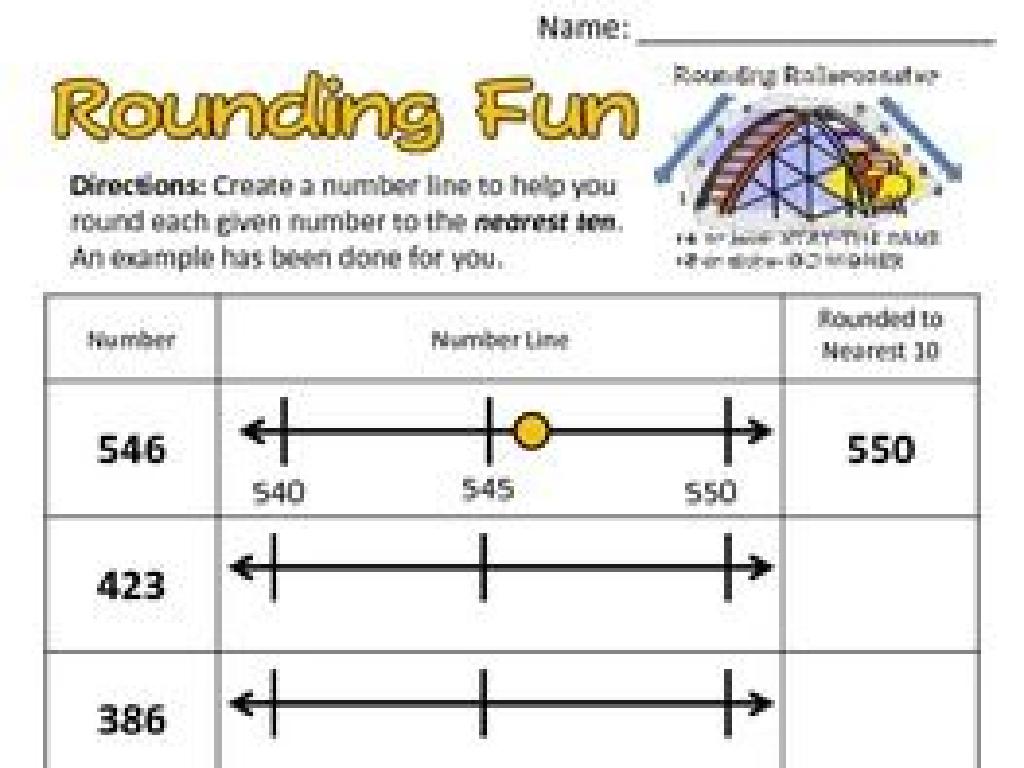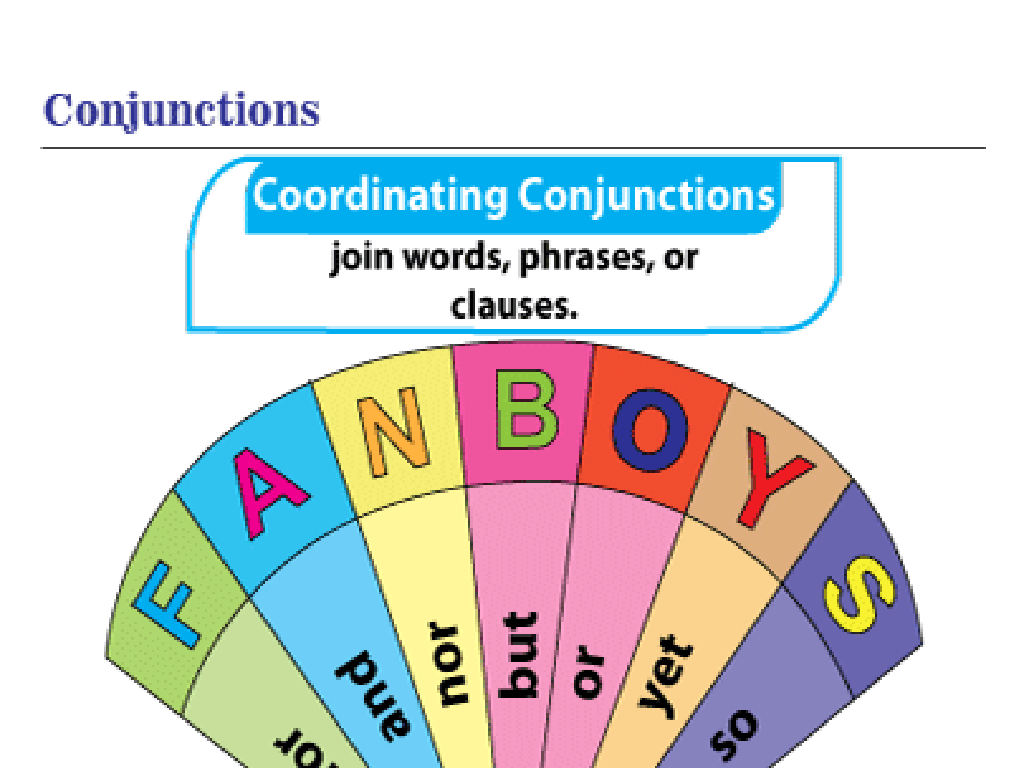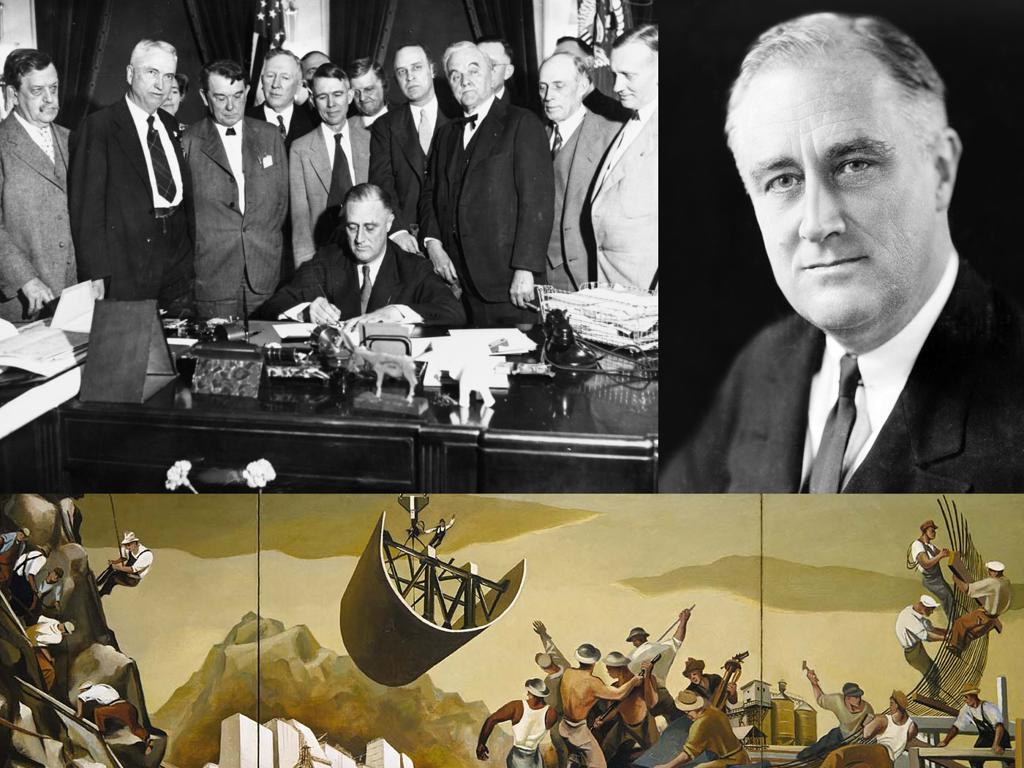Gravitation
Subject: Science
Grade: High school
Topic: Physcis
Please LOG IN to download the presentation. Access is available to registered users only.
View More Content
Welcome to Physics: Understanding Gravitation
– Gravitation: A universal force
– Gravitation is the attractive force between two masses.
– Gravitation’s role in the cosmos
– It’s fundamental for the structure of the universe, affecting planets, stars, and galaxies.
– Today’s lesson overview
– Learning objectives
– Understand gravitation’s principles and its effects on celestial bodies.
|
This slide introduces the concept of gravitation, which is one of the four fundamental forces in the universe. It’s essential for students to grasp that gravitation is responsible for the attraction between objects with mass. The lesson will cover how this force operates on various scales, from the level of atoms to galaxies, and its significance in maintaining the structure of the universe. The learning objectives will include understanding the laws governing gravitation, its role in astronomical phenomena, and how it affects everyday life on Earth. Encourage students to think about how gravitation impacts them personally, such as their weight on Earth versus on other planets.
Understanding Gravitation
– Gravitation defined
– Gravitation is the force that attracts two bodies towards each other.
– Attraction between two masses
– Every mass exerts a force on another, pulling them together.
– Newton’s universal law
– States that every mass attracts every other mass with a force proportional to the product of their masses and inversely proportional to the square of the distance between their centers.
– Gravitation’s role in the universe
|
Gravitation is a fundamental natural force that causes two bodies to be attracted to each other. It is the force that keeps planets in orbit around stars and moons in orbit around planets. Sir Isaac Newton’s universal law of gravitation mathematically describes this force and allows us to calculate the gravitational pull between any two masses. Understanding this concept is crucial for students as it lays the foundation for further study in physics, including celestial mechanics and astrophysics. Encourage students to think about how gravitation influences everyday life, such as the weight of objects, the tides, and even our own movements on Earth.
Newton’s Law of Universal Gravitation
– Newton’s apple-inspired insight
– Legend says an apple falling led Newton to question why it fell straight down
– Gravitational force formula: F = G * (m1*m2)/r^2
– Variables: G, m1, m2, r
– G is the gravitational constant, m1 and m2 are masses, r is the distance between centers
– Gravitational force calculation
– Use the formula to calculate the force of attraction between two objects
|
This slide introduces students to the historical anecdote of Newton’s apple, which is said to have inspired his thoughts on gravity. The focus then shifts to the mathematical formula that defines the gravitational force between two masses. It’s crucial to explain each variable: G (the gravitational constant 6.674×10^-11 N(m/kg)^2), m1 and m2 (the masses of the objects), and r (the distance between the centers of the two masses). Emphasize the inverse-square law nature of the formula, where the force decreases with the square of the distance. Encourage students to practice using the formula with different values to understand the concept of gravitational force better.
Gravitational Force and Mass
– Mass’s role in gravitational force
– More mass means stronger gravitational pull.
– Mass vs. Weight: What’s the difference?
– Mass is the amount of matter; weight is gravity’s force on that matter.
– Gravitational force across varying masses
– Compare gravity’s pull on a car vs. a bicycle.
– Real-world examples of gravity’s effects
– Consider how gravity affects a falling apple and the moon orbiting Earth.
|
This slide aims to explain the concept of gravitational force and its relationship with mass. It’s crucial to clarify that mass is a measure of the amount of matter in an object and remains constant regardless of location, while weight is the force exerted by gravity on that mass and can change with location. Use everyday examples to illustrate how different masses experience different gravitational forces, such as the difference in gravity’s pull on a car versus a bicycle. Highlight real-world applications, like why astronauts feel weightless in space and how gravity keeps the moon in orbit around Earth. Encourage students to think critically about how mass and gravity interact in various scenarios.
Gravitational Force and Distance
– Inverse square law explained
– Force diminishes as distance squared increases
– Distance vs. gravitational force
– Greater distance, weaker the gravitational pull
– Examples of distance impact
– Planets further from the sun orbit slower due to less gravitational pull
– Gravitational force calculations
– Use formula F = G (m1*m2)/r^2 for calculations
|
This slide introduces the concept of the inverse square law in the context of gravitation, illustrating how gravitational force decreases with the square of the distance between two objects. It’s crucial to emphasize that as the distance between objects increases, the gravitational pull between them weakens. Provide real-world examples, such as the difference in gravitational pull on planets closer to versus further from the sun, to help students visualize the concept. Encourage students to use the gravitational force formula to calculate the force between two masses at various distances. This will solidify their understanding of the relationship between distance and gravitational force.
Gravity in Our Solar System
– Gravity’s role in planetary orbits
– Planets orbit the sun due to the sun’s gravitational pull.
– Gravity’s part in solar system formation
– Gravity pulls cosmic dust and particles together, forming celestial bodies.
– Moon’s gravity and Earth’s tides
– The moon’s gravitational pull causes the oceans to bulge, leading to tides.
– Understanding gravity’s universal influence
|
This slide aims to explain the fundamental role of gravity within our solar system. Gravity is the force that keeps planets in their orbits around the sun, preventing them from shooting off into space. It’s also a crucial factor in the formation of solar systems, as it causes the accumulation of dust and particles to form stars and planets. Additionally, the moon’s gravity affects the Earth’s tides, causing the regular rise and fall of sea levels. Understanding these concepts is essential for students to grasp the universal law of gravitation and its effects on a cosmic scale. Encourage students to think about how gravity influences other aspects of our solar system, such as asteroid belts and comets’ orbits.
Applications of Gravitational Theory
– Satellites orbiting due to gravity
– Satellites remain in orbit by balancing gravitational pull with their forward momentum.
– Gravitational slingshot technique
– Spacecraft gain speed by passing near a planet, using its gravity as a slingshot.
– Gravitational lensing phenomenon
– Gravity can bend light, allowing us to see distant galaxies behind massive objects.
– Gravity’s role in cosmic events
|
This slide explores practical applications of gravitational theory in space technology and astrophysics. Students should understand how satellites use the delicate balance of gravitational forces and inertia to stay in orbit around Earth. The gravitational slingshot is a critical concept for space exploration, allowing spacecraft to gain speed and change direction without using fuel. Gravitational lensing is a powerful tool in astronomy that demonstrates the bending of light by gravity, confirming Einstein’s theory of general relativity. Discuss how these applications have practical benefits, such as improving satellite communications and deepening our understanding of the universe.
Class Activity: Exploring Gravity
– Demonstrate gravity with varied masses
– Measure gravity’s distance effect
– Does gravity weaken as we move further away?
– Group activity on gravitational force
– Use objects of different sizes and weights to predict the force
– Predict and test gravity’s pull
– Test predictions with scales or force meters
|
This slide introduces a hands-on class activity to explore the concept of gravity. Students will observe how gravity affects objects of different masses by dropping them and noting that they fall at the same rate. They will then measure how distance affects gravitational pull, understanding that gravity decreases with distance. In groups, students will predict the gravitational force between various objects, considering their mass and distance apart, and then test their predictions using appropriate tools. This activity will help students grasp the principles of gravitational force and its dependence on mass and distance. Provide guidance on safety and accurate measurement techniques. Possible activities include using a spring scale to measure weight, comparing gravitational pull at different heights, or using a pendulum to observe gravitational acceleration.
Gravitation: Summary and Review
– Recap key gravitation concepts
– Review Newton’s Universal Law
– Every mass attracts every other mass with a force proportional to the product of their masses and inversely proportional to the square of the distance between their centers.
– Engage in a Q&A session
– Clarify any remaining doubts
|
This slide aims to consolidate the students’ understanding of the fundamental principles of gravitation. Begin by summarizing the key concepts discussed throughout the lesson, such as gravitational force, mass, and the effect of distance on gravitational attraction. Reiterate Newton’s Law of Universal Gravitation, emphasizing the formula and its implications in various scenarios. The Q&A session is crucial for addressing any uncertainties students may have. Encourage them to ask questions to ensure a solid grasp of the material. As a teacher, prepare to provide examples or further explanations to clarify complex ideas. This recap is essential for students to connect the dots and see the bigger picture of how gravitation plays a role in the universe.





